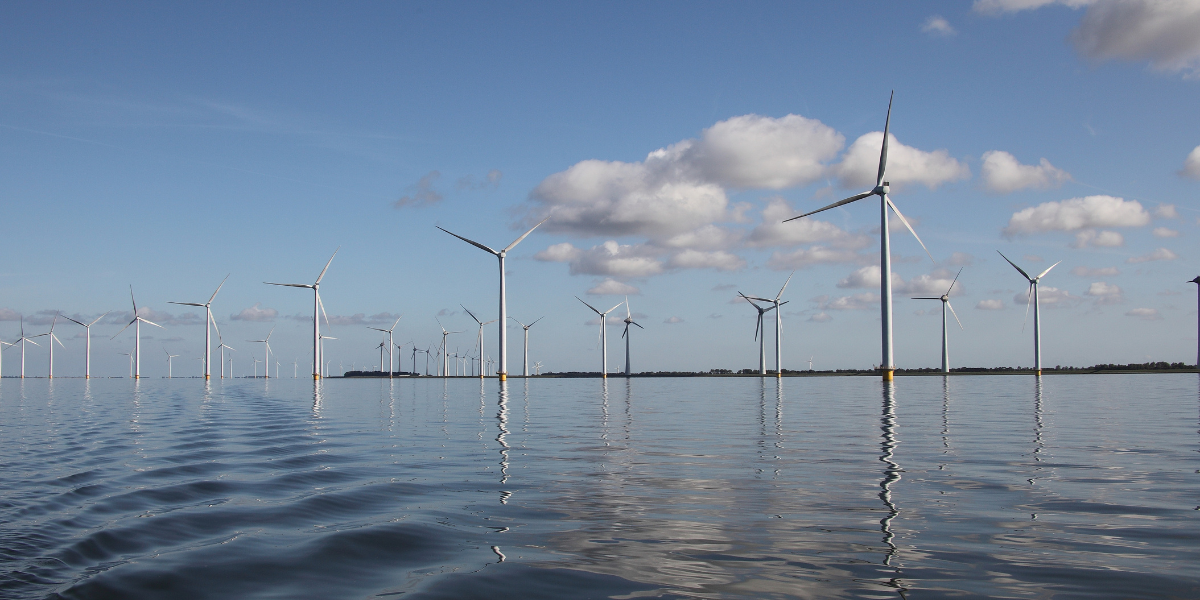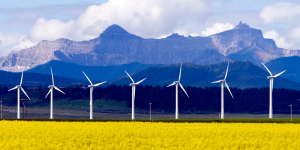Towards an offshore wind future: Ireland accelerates with new action plan
Wind Energy Ireland relaunches offshore wind with new plan to overcome delays and unlock the country’s energy potential.

At the Offshore Wind Conference 2025, Wind Energy Ireland has presented a new action plan to relaunch the development of offshore wind . The aim is to fill the gaps and strengthen a sector that is strategic for national energy security.
Already a leader in onshore wind, Ireland is also distinguished by its adoption of innovative solutions in the management of non-interconnected electricity grids, also looking offshore to increase renewable production and stimulate economic growth.
Irish innovation in wind energy management
Ireland has already achieved significant results in integrating renewable sources into the energy mix. Today, wind energy covers 33% of the national electricity demand , the second highest figure in Europe after Denmark.
However, the Irish grid is largely isolated from that of the EU: with the exception of 3 interconnectors with the UK and the future link with France (the 700 MW Celtic Interconnector planned for 2027), the national electricity system operates almost autonomously.
This has prompted the country to invest in advanced technologies and methodologies to keep the grid stable when there are high percentages of non-synchronous generation , such as wind or solar. Through EirGrid’s DS3 programme, Ireland has developed cutting-edge grid support systems that reward electrical inertia and rapid frequency response.
The adoption of synchronized condensers allows to reduce the dependence on traditional power plants, paving the way towards an increasingly massive integration of renewables in the national electrical system.
Offshore Wind: Ambitious Goals and Obstacles to Overcome
Currently, Irish offshore wind is still in its infancy: just 25 MW of operational offshore capacity, from a single plant that has been active since 2004. But this is set to change rapidly. The government aims to reach 5 GW of capacity by 2030, 20 GW by 2040 and 37 GW by 2050 , with an estimated economic impact of at least €38 billion.
To achieve these targets, Ireland has awarded 3.1 GW to 4 projects in the ORESS 1 auction in 2023, of which 3 are currently in the planning stage. The first of the new sites identified in the South Coast Designated Maritime Area Plan will be auctioned in November 2025, with a planned capacity of 900 MW.
However, a lack of port infrastructure, permit delays and regulatory uncertainty threaten the achievement of the 2030 targets . The new action plan launched by Wind Energy Ireland aims to reverse this trend, identifying 4 strategic priorities: completing the ORESS 1 projects, developing new sites in the South, planning the development of fixed and floating offshore installations, and investing in ports and harbours. Only a structured and coordinated intervention can relaunch Irish offshore wind.
Related Focus




